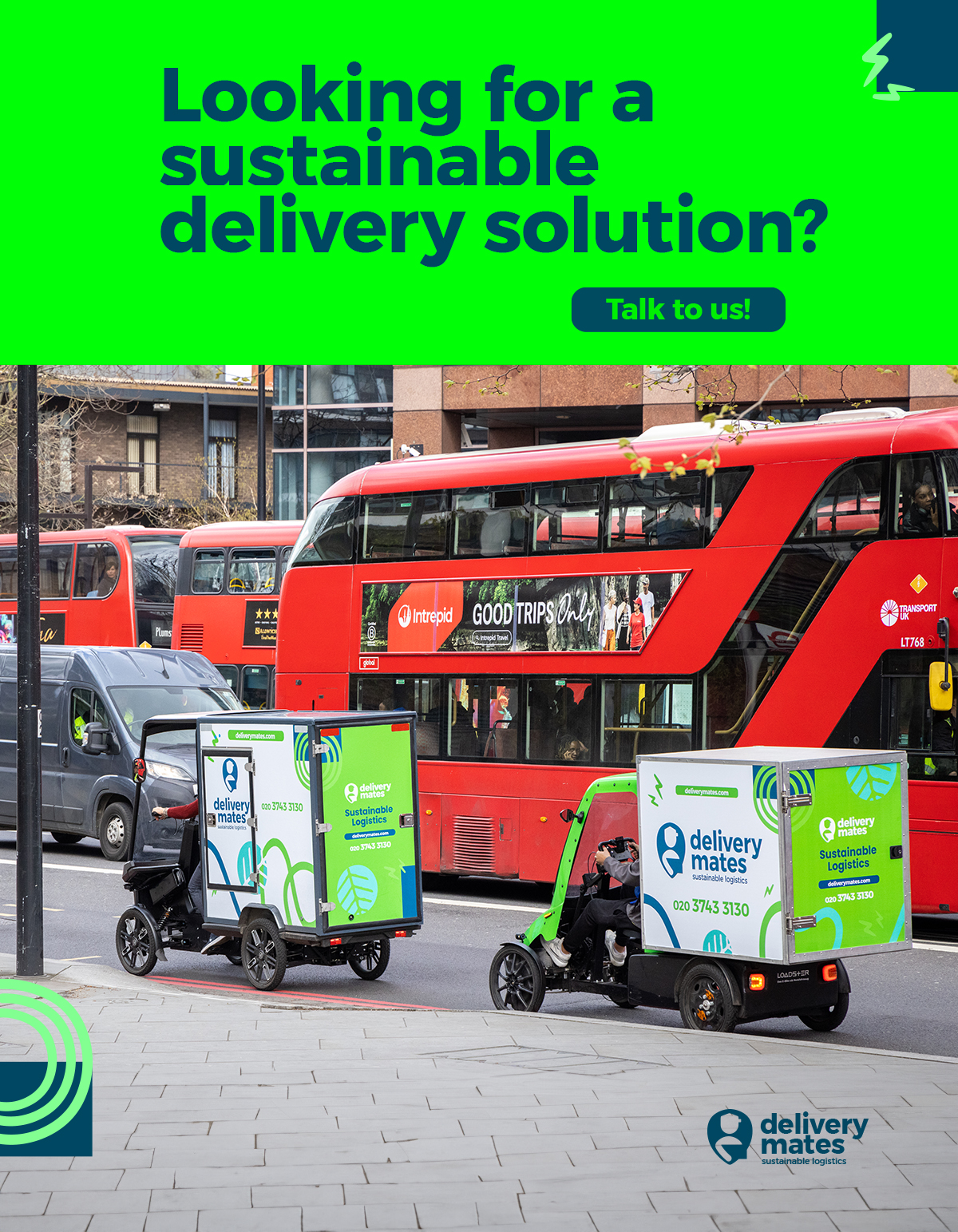Active Travel England has today announced a £291 million funding pot for walking, wheeling and cycling across England.
The investment will fund 300 miles of new footpaths and cycle tracks to encourage 30 million more cycling and walking journeys per year.
This includes 20 million new walk-to-school journeys by children and their parents, and the sum will also fund cycle training for hundreds of thousands of children across the country.
Stephen Frost, Head of Transport Policy at the Institute for Public Policy Research (IPPR), said: “This investment in making walking, wheeling and cycling safer and more attractive is sorely needed. It is particularly positive to see the government recognising that supporting more active lives is central to achieving its health mission – reducing pressure on the NHS and addressing health inequalities across the country.”
The funding is anticipated to lead to 43,000 fewer sick days per year, easing pressure on the NHS.
Phil Ellis, CEO of shared micromobility operator Beryl, recently told Zag how active travel not only reduces pressures on an overstretched NHS by helping people get back to work, but also increasing workers’ productivity.
Zooming in on how the funding will impact the West Midlands, Active Travel Commissioner Beccy Marston told Zag Daily: “The West Midlands is making an unprecedented investment in new infrastructure and behavior change initiatives to support walking, wheeling, and cycling. I am committed to delivering Mayor Richard Parker’s ‘Journeys for Everyone’ ambitions alongside our team at West Midlands Combined Authority and Transport for West Midlands.
“I’m delighted by today’s funding announcement, which allocates an additional £16 million to improve infrastructure and alongside separate support for our incredible third-sector delivery heroes.”
What’s included in the package
The £291 million funding package is made up of both 24/25 and 25/26 funding, and includes the £100 million announced in last year’s Autumn Budget.
London will not benefit from the funding.
The package allocates £222.5 million to local authorities to support the development and delivery of walking, wheeling and cycling schemes. This is to facilitate the construction of improved crossings and junctions to improve the safety of walking, cycling and wheeling.
Additionally, £30 million will be used to provide Bikeability cycle training to children. Last year, research from transport consultancy TRL found that English local authorities with higher levels of Bikeability training for early ages experience lower rates of road fatalities and serious injuries.
Another £30 million will go to Sustrans charity to improve the UK-wide network of signed active travel routes – the National Cycle Network. And £8.5 million will go towards Cycling UK, Living Streets and Modeshift to deliver walking, wheeling and cycling initiatives in schools and communities.
Active Travel England states that new walking and cycling infrastructure will contribute £9 million to the economy each year by supporting local business and making it easier to walk and cycle to work.
An IPPR report commissioned by Cycling UK found that for every pound invested in walking and cycling, £5.62 goes into the wider economy but for road building it’s £2.50.
“The approach to allocating the funding taken by Active Travel England, by population and capability, is the right one. This will ensure this investment delivers improvements in people’s experience getting around as quickly as possible,” Mr. Frost said.
“However, this should only be seen as a step towards the level of investment needed in active travel. As has been seen in recent debates around the poor quality of infrastructure in rural areas, at the moment there isn’t enough money in the funding pot for active travel to deliver on the government’s ambitions or match local demand for change. The upcoming spending review should see significantly more investment go towards creating healthier and more active places.”
As well as the newly announced funding, Active Travel England have published new guidance for local authorities to include local businesses and residents when designing and delivering transport changes in their area.
When asked how new infrastructure will be made accessible to all, especially disabled people, an Active Travel England spokesperson said: “Active Travel England exists to improve standards of infrastructure delivery and ensure the country’s roads are safe and accessible for all.
“Active travel funding is provided to local authorities alongside guidance that schemes should be safe, accessible and subject to proper consultation with local communities. Active Travel England’s Inspectorate fully assesses each government-funded scheme, working with councils to ensure design standards are met, and inspects schemes on completion to ensure compliance.”
Ms Marston said she is working closely with partners – not only in the transport sector – to co-design active travel solutions alongside communities in the West Midlands.
“I want to see more children walking and cycling to school. But as a parent, I understand that to make this a reality, we must provide safe cycle paths and pavements, alongside training and behaviour change support. This funding marks an important step toward addressing these needs.”




